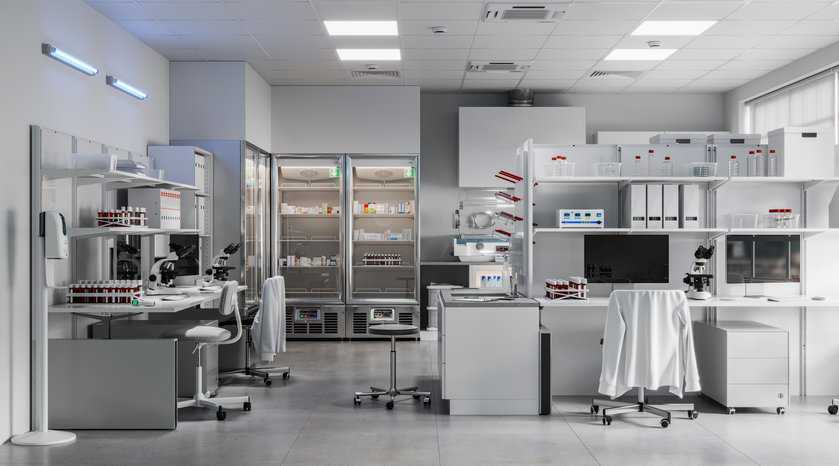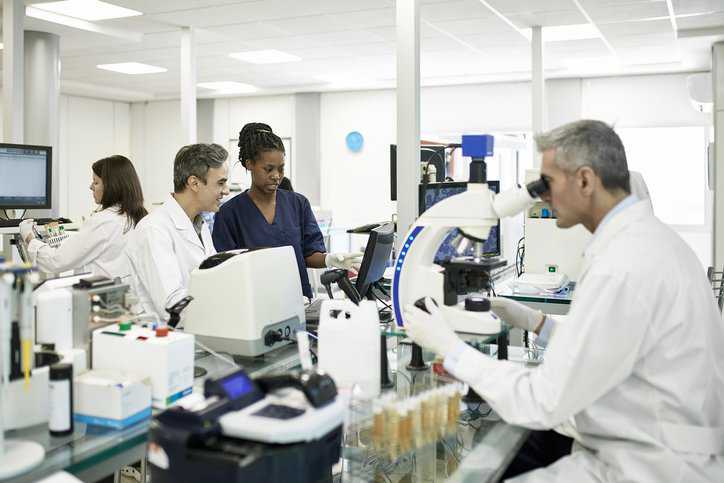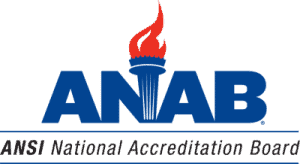Changes in the New ISO 15189:2022

The objective of ISO 15189:2022- Medical Laboratories – Requirements For Quality And Competence is to promote the welfare of patients and satisfaction of laboratory users through confidence in the quality and competence of medical laboratories. After ten years, ISO 15189 has been updated with technical revisions.
The ISO 15189 Standard for Quality And Competence in Medical Laboratories
ISO 15189:2022 specifies requirements for quality and competence in medical laboratories. This standard contains requirements for the medical laboratory to plan and implement actions to address risks and opportunities for improvement. Besides being applicable to medical laboratories developing their management systems and assessing their competence, ISO 15189 is also applicable for users, regulatory authorities, and accreditation bodies confirming or recognizing the competence of medical laboratories by laboratory.
Benefits of this standard’s approach include:
- Increasing the effectiveness of the management system
- Decreasing probability of invalid results
- Reducing potential harm to patients, laboratory personnel, the public and the environment
To learn more, check out What Is ISO 15189?
Changes in ISO 15189:2022
ISO 15189:2022 cancels and replaces its previous edition, ISO 15189:2012. Here are the main changes:
- Alignment with ISO/IEC 17025:2017- General Requirements For The Competence Of Testing And Calibration Laboratories resulted in the management requirements now appearing at the end of the document
- Requirements in ISO 22870:2016 for point-of-care testing (POCT) have been incorporated and is a new inclusion in the standard’s scope
- Increased emphasis on risk management

Quality Management Changes
The ISO 15189:2022 quality management section is more specific in its wording. It specifies the internal or external personnel in the laboratory are the ones or means responsible for the management system, including reporting on any areas that need improvement, identifying deviations, and ensuring the effectiveness of laboratory activities. Rather than personnel, ISO 15189:2012 highlighted a quality management system that focused on laboratory processes, including their sequence, operations, and evaluation.
A significant change in the new ISO 15189 standard is the focus on risk management within a laboratory’s quality management. Here is what risk management in ISO 15189:2022 includes:
- Laboratory management shall establish, implement, and maintain processes for identifying risks of harm to patients and opportunities for improved patient care associated with its examinations and activities, and develop actions to address both risks and opportunities for improvement
- The laboratory director shall ensure that these processes are evaluated for effectiveness and modified, when identified as being ineffective.
Equipment Updates
ISO 15189 details processes for the selection, procurement, installation, acceptance testing (including acceptability criteria), handling, transport, storage, use, maintenance, and decommissioning of equipment in a laboratory, in order to ensure proper functioning and to prevent contamination or deterioration. Risk management measures are highlighted in ISO 15189:2022 for equipment. These measures include ensuring the laboratory has appropriate safeguards to prevent unintended adjustments of equipment that can invalidate examination results and implementing procedures for adverse incident reporting to any manufacturer’s recall. Additionally, this new standard specifically mentions “Equipment Requirements”:
- The laboratory shall have access to equipment required for the correct performance of laboratory activities.
- Where the equipment is used outside the laboratory’s permanent control, or equipment manufacturer’s functional specification, laboratory management shall ensure that the requirements of this document are met.
- Each item of equipment that can influence laboratory activities shall be uniquely labelled, marked or otherwise identified and a register maintained.
- The laboratory shall maintain and replace equipment as needed to ensure the quality of examination results.

New Terms & Definitions in ISO 15189:2022
- Bias/Measurement Bias
- Clinical Decision Limit Examination
- Commutability of a Reference Material/Commutability
- Complaint
- Consultant
- Examination Procedure
- External Quality Assessment
- Impartiality
- In Vitro Diagnostic Medical Device (IVD)
- Laboratory User
- Management System
- Measurement Accuracy/Accuracy of Measurement/Accuracy
- Measurement Uncertainty (MU)
- Patient
- Trueness/Measurement Trueness
Management System Documentation Changes
The new ISO 15189 document categorizes general requirements for management system documentation with the following subsections: documentation, personnel access, evidence of commitment, and competence and quality. Additionally, it elaborates much more on control of documents with specific sub-sections on creation of records, amendment of records, and retention of records. Rather than breaking up sections with sub-sections, the older ISO 15189 document is broader and is in list/bullet point format in its management sections.
In another significant revision, ISO 15189:2022 states that the management system documents can, but are not required to, be contained in a quality manual; whereas, ISO 15189:2012 maintained that the laboratory shall establish and maintain a quality manual.

What Other Standards Is ISO 15189:2022 Aligned With?
- The requirements for risk management are aligned with the principles of ISO 22367
- The requirements for laboratory safety are aligned with the principles of ISO 15190
- The requirements for sample collection and transport are aligned with ISO 20658
- The requirements for point-of-care testing (POCT) are aligned with ISO 22870
- The format of this document is based on and aligned with ISO/IEC 17025:2017
Accreditation to ISO 15189
Medical laboratories can be accredited to this standard. ISO 15189 accreditation involves an independent assessment—conducted by qualified assessors—of the medical laboratory to examine all factors impacting the production of test data. The accreditation process includes an examination of the following:
- Personnel qualifications and competence
- Equipment, reagents and supplies
- Quality assurance
- Analytical, pre-analytical, and post-analytical factors.







